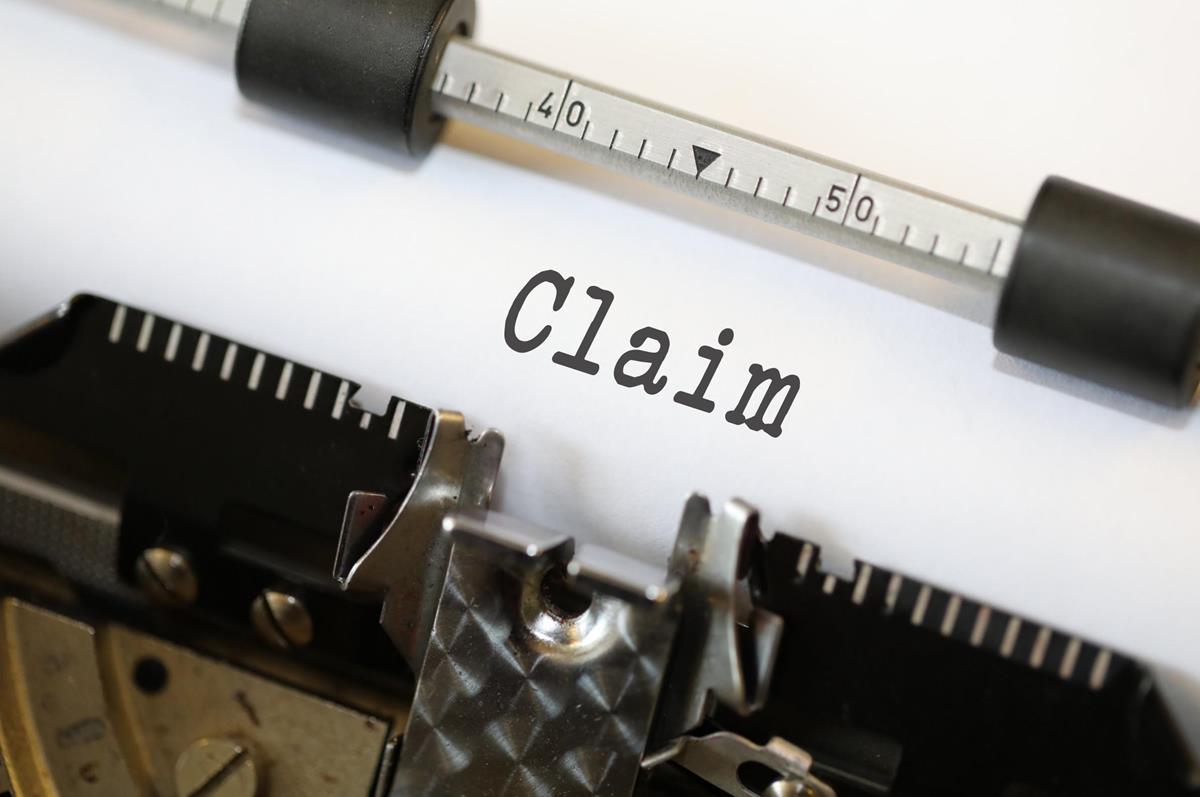 In one of my earlier articles, I wrote about the role of a good invention disclosure in the patenting process. The inventors’ contribution to the process doesn’t end there. Once a draft patent specification is ready, the inventors are requested to review it. The patent specifications are filed in the patent office only after the inventors approve it. It may undergo a few iterations perhaps.
In one of my earlier articles, I wrote about the role of a good invention disclosure in the patenting process. The inventors’ contribution to the process doesn’t end there. Once a draft patent specification is ready, the inventors are requested to review it. The patent specifications are filed in the patent office only after the inventors approve it. It may undergo a few iterations perhaps.
There may, however, be a language problem when inventors attempt to read the claims. The language of the inventors, which is technical and scientific, is different from that of those who draft patent specifications. Further on in this note one who drafts the specifications is referred to as a patent agent for simplicity. Assuming that the language used is English, we end up needing an English to English translation.
Here is an anecdote to illustrate the point: A colleague once drafted the patent specifications for an invention in the field of cryptography. The method invented was at the cutting edge of the technology. So, the colleague had to teach himself the subject in great enough depth to draft the specifications, with considerable help from the inventor. The inventor also provided links to relevant material and a few of his own earlier papers on the subject. Once the draft specifications were sent to him, the inventor told the patent agent, “You have done a very good job of cryptography! I can’t decrypt my own invention from your draft!”
Even though the anecdote is of an extreme example, all cases are not that difficult.
Reviewing a draft is not the only occasion when an inventor is required to read and understand a claim. An examination report from the patent office may cite a few patents as relevant prior art documents. Based on them, the examiner may question the novelty or the inventive step, or both, of the application in question. In such a case, the patent agent may require the inventor’s opinion about those documents. Then too, an inventor may be need to read and understand the claims.
Another situation where an inventor may be requested to give an opinion about a claim is when the results of a novelty search are provided to the inventor and an opinion is sought. This is more likely when the prior art documents unearthed by the novelty search are, or appear to be, close the invention in hand. These are but a few examples.
So, let us see what the inventors can do to understand a claim to be confident enough to give their invaluable opinion.
Patent agents often offer to help the inventors to go through the patents or the draft, especially, the claims. It would be easy for the inventor to understand it with that help and should use that offer. Even if the agent does not offer help, the inventors may seek that help. By now, it must be obvious that getting a patent granted is often a collaborative exercise.
Let us now take a look at how to read a claim in a simple way. All the “unnecessary” words may either be deleted or replaced with everyday English words to make the claim understandable.
Here is a simple claim from a granted patent *:
An illuminated serving tray comprising:
- a platter (1) through which light can pass;
- at least one sheet-like light source (7, 7′) disposed beneath the platter (1) for illuminating the illuminated serving tray and/or food, drinks or other articles placed on the illuminated serving tray, wherein the sheet-like light source (7, 7′) is a transparent Organic Light Emitting Diode.
The numbers in parenthesis refer to the identification numbers on the corresponding drawings and may be ignored at this stage.
The claim can be changed to
An illuminated serving tray comprising with:
- a platter through which light can pass; (a transparent or translucent plate)
- at least one a sheet-like light source disposed beneath the platter
for illuminating the illuminated serving tray and/or food, drinks or other articles placed on the illuminated serving tray it,
in which, the sheet-like flat light source is a transparent Organic Light Emitting Diode. (OLED)
Even though the inventors may be familiar with some of the words replaced deleted or replaced in this example, it may be better to substitute the simplest words of everyday use for easier understanding.
Rearranging it further:
An illuminated serving tray with:
- a transparent or translucent plate;
- a sheet-like light source beneath the platter
for illuminating the serving tray and articles placed on it;
in which, the flat light source is a transparent OLED.
The original claim had fifty-seven words and the simplified one has only thirty-seven words and is in everyday English. According to the readability statistics that MS Word provides, the Flesch reading ease score, the original has a value around 16 and the simplified one has 100 – which means, any eleven year old can read and understand it with ease.
Initially, it might be a good idea to copy – paste the claim into a new document and edit it as shown. But, with a little bit of practice, one can learn to read the original itself words ignoring the words commonly used in claims.
Once the independent claim is understood, it is a simple matter to see what limitations, details, or specifics the dependent claims add. Once this understanding is gained, the inventors can discuss with the patent agent with ease.
Article by J L Anil Kumar, 1st published in Lexology.



